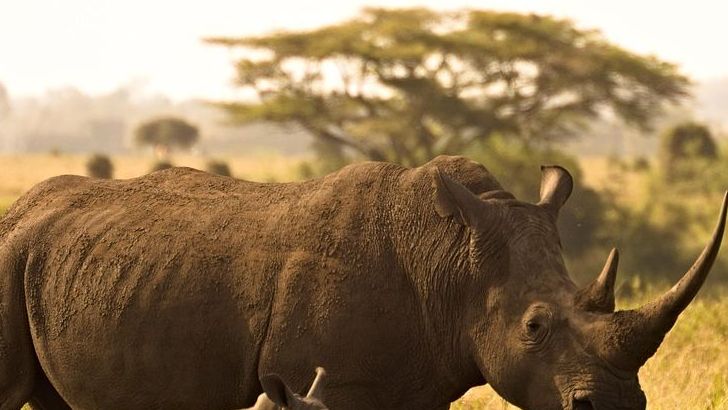The State of Radiation in 2025: Numbers, Not Nightmares
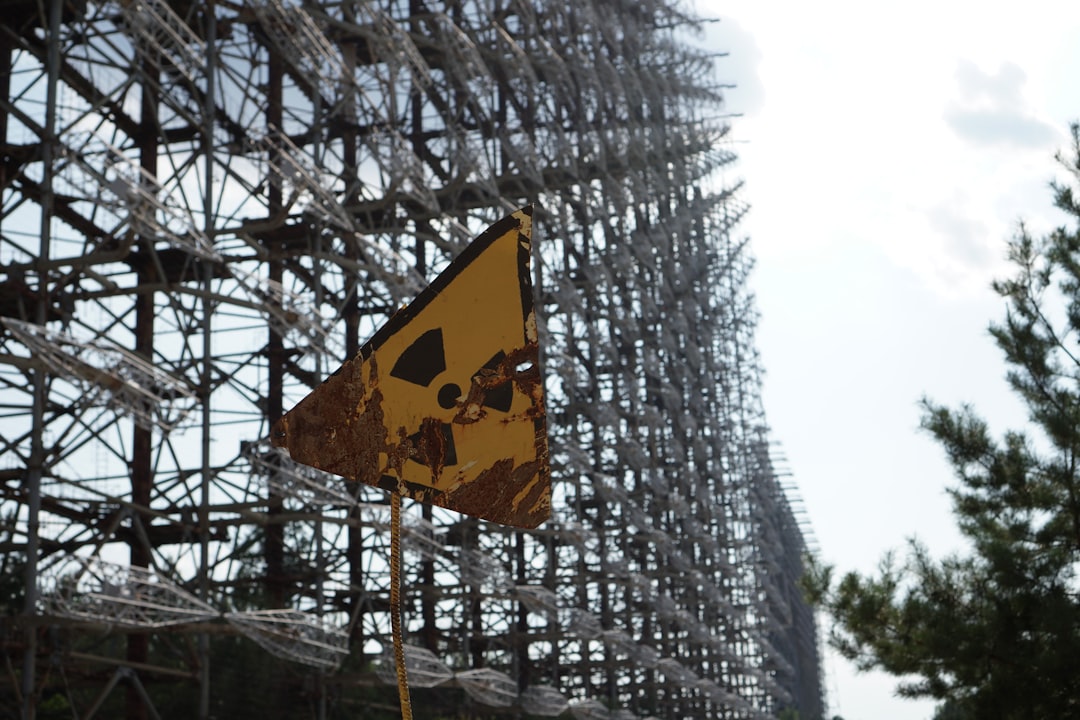
Radiation levels inside the Chernobyl Exclusion Zone remain a subject of fascination and fear, but recent surveys from 2024 by the International Atomic Energy Agency (IAEA) reveal a nuanced picture. The average background radiation in much of the 2,600-square-kilometer zone is now between 0.3 and 1.2 microsieverts per hour—comparable to what you’d encounter in major European cities. However, “hot spots” persist, particularly near the reactor and the Red Forest, with readings as high as 20 microsieverts per hour. A 2024 report from Ukraine’s State Agency on Exclusion Zone Management confirms that these hot spots are carefully marked and monitored. Tourists are only allowed in the safest areas, and guides use dosimeters to avoid danger. The narrative of an unlivable radioactive wasteland, though persistent, is increasingly outdated according to current data and field studies.
Wildlife Comeback: Fact or Fiction?

Astonishing images of wild horses, wolves, and even bears roaming the Chernobyl Zone have gone viral in the past year. According to a 2024 study by the British Ecological Society, the population of the endangered Przewalski’s horse has grown to over 150 individuals since their introduction in the 1990s. Camera traps set by the University of Georgia in early 2025 captured thriving packs of wolves, boars, and even lynx. These findings debunk the rumor that Chernobyl’s wildlife is mutated and dying out. While some animals show minor genetic changes, no widespread deformities or population collapses have been documented. The absence of humans, rather than the presence of radiation, appears to be the key factor in this “rewilding” success story.
Tourism: Booming or Banned?

The Chernobyl Zone saw a record 100,000 visitors in 2019, but war, pandemic, and radiation concerns nearly shut tourism down. In late 2023, guided tours slowly resumed, with 2024 seeing a cautious reopening. According to the Ukrainian government’s April 2025 data, monthly visitor numbers have reached about 3,000—a fraction of pre-pandemic levels but a significant rebound. Strict regulations remain: visitors must book licensed guides, wear protective clothing, and are barred from restricted hot spots. Despite lingering fears, no tourist has reported acute radiation sickness from short visits since tours restarted. The Ukrainian Ministry of Health publishes monthly updates, ensuring transparency over any incidents.
The True Story of the “Suicide Squad” Divers

The legendary tale of three men who “sacrificed themselves” to drain radioactive water under Reactor 4 persists in popular culture. However, a 2024 BBC investigation confirmed that all three—Alexei Ananenko, Valeri Bespalov, and Boris Baranov—survived the mission. Ananenko and Bespalov were even interviewed in 2024, dispelling the myth of instant death. The operation was indeed perilous, but later health checks reported only minor radiation exposure. This story underscores how dramatic rumor can overshadow the more nuanced—and often more inspiring—reality of Chernobyl’s human heroes.
Mythbusting Mutant Flora and Fauna

Images of gigantic vegetables and “mutant” animals from the Exclusion Zone circulate widely, but recent peer-reviewed research paints a more realistic picture. A May 2024 study by the Ukrainian Institute of Botany found that while some plants exhibit higher mutation rates, most appear visually normal, and no “monster” crops have been found. Similarly, a survey of small mammals published by the University of South Carolina in January 2025 showed no evidence of grotesque deformities. Occasional anomalies do occur, but they are rare and typically not visible to the naked eye. The zone’s biodiversity is actually increasing, contradicting the persistent myth of a genetic wasteland.
Resettlement: Is Anyone Really Moving Back?
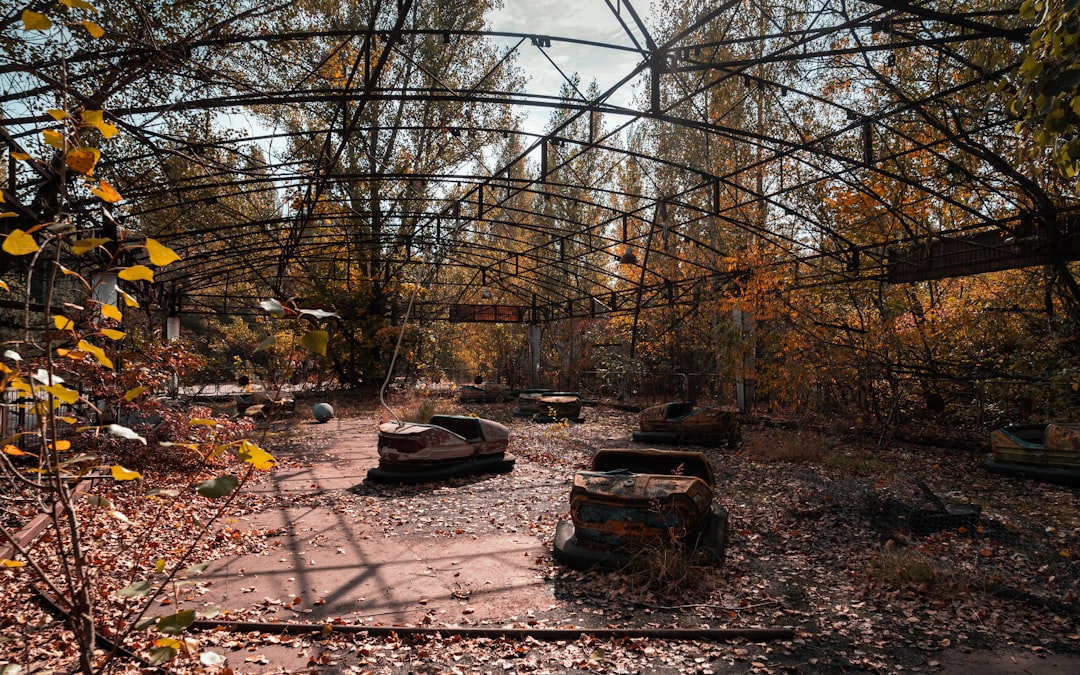
Rumors frequently emerge about people illegally resettling within the exclusion zone. A 2024 census by Ukraine’s Ministry of Social Policy found just 42 “self-settlers”—mostly elderly residents who returned to their ancestral homes after evacuation in 1986. These “samosely” have become local legends, and the government has largely tolerated them, providing occasional food and medical aid. No new settlements are permitted, and authorities patrol the area to prevent unauthorized habitation. Despite media stories of a “return to Chernobyl,” the population remains sparse and aging, with no signs of a large-scale comeback.
The New Safe Confinement: Does It Really Work?
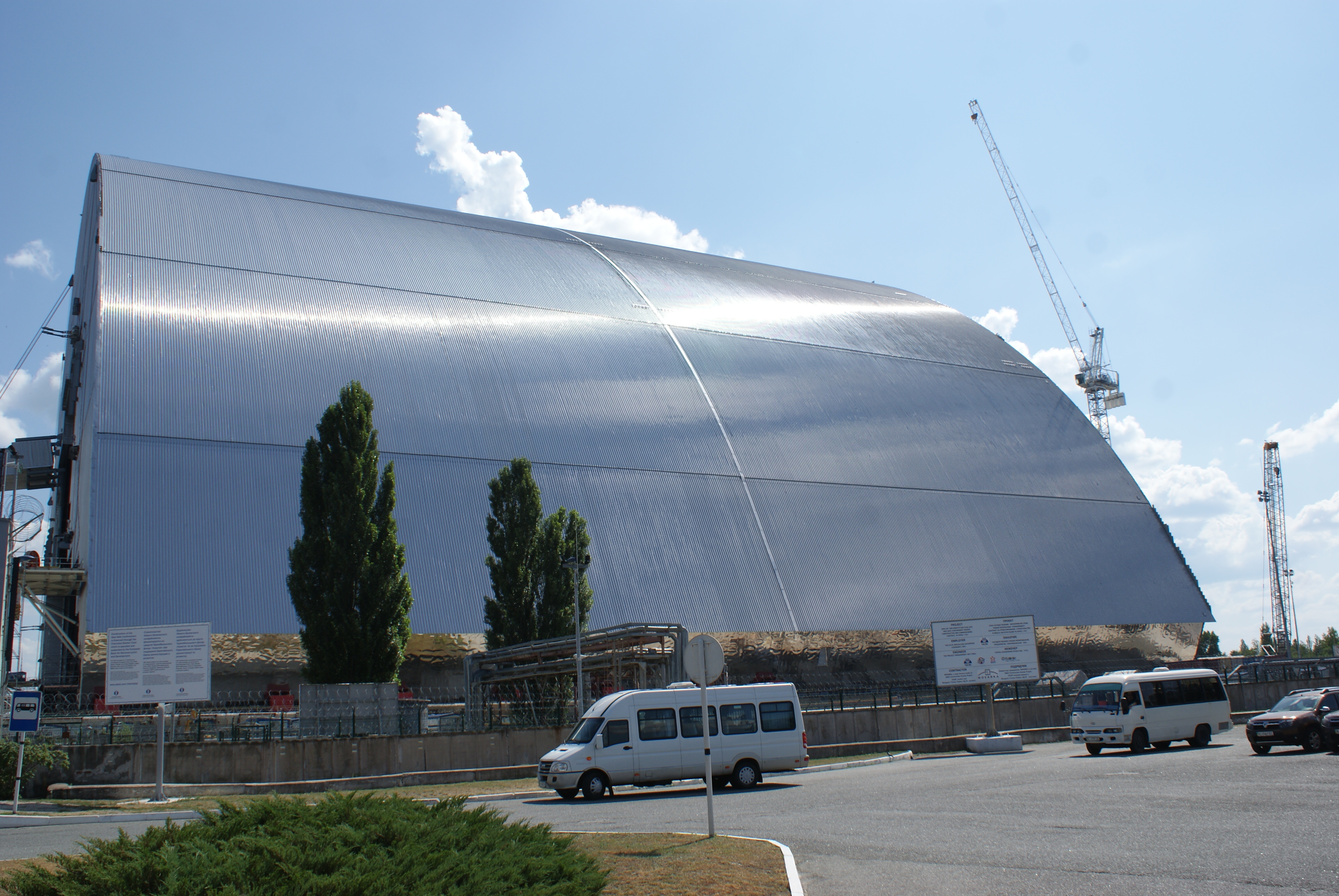
The towering steel structure known as the New Safe Confinement (NSC), completed in 2016, is the world’s largest movable metal structure. In 2024, the European Bank for Reconstruction and Development reported that the NSC continues to keep radiation emissions from Reactor 4 at “negligible” levels. Continuous monitoring inside and outside the sarcophagus shows airborne activity far below safety thresholds. Ongoing work in 2025 focuses on dismantling unstable structures beneath the arch, but there have been no breaches or major radiation releases since the NSC’s installation. This engineering triumph contradicts persistent internet rumors about imminent collapse or leaks.
Russian Occupation and Its Fallout
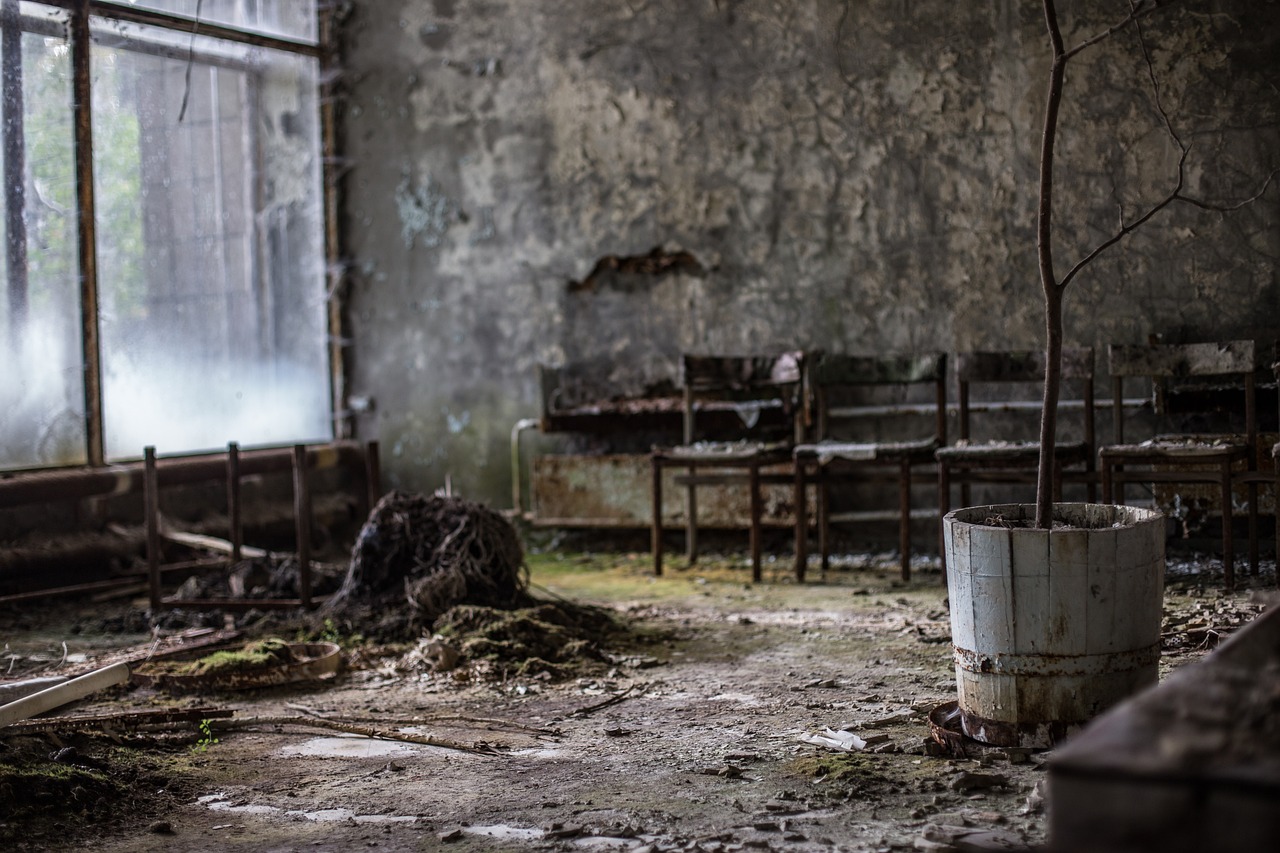
In early 2022, Russian troops occupied the Chernobyl Zone for several weeks, sparking global concern about potential radioactive contamination. According to an April 2024 report by the United Nations Scientific Committee on the Effects of Atomic Radiation, military activity did stir up radioactive dust, causing short-term spikes in local radiation. However, longer-term measurements taken throughout 2024 confirm that levels outside the immediate conflict sites have returned to pre-invasion norms. Ukrainian authorities reported the theft of radioactive materials, but international inspectors have found no evidence of widespread environmental fallout since then.
Illegal Logging and Poaching: The Hidden Threats
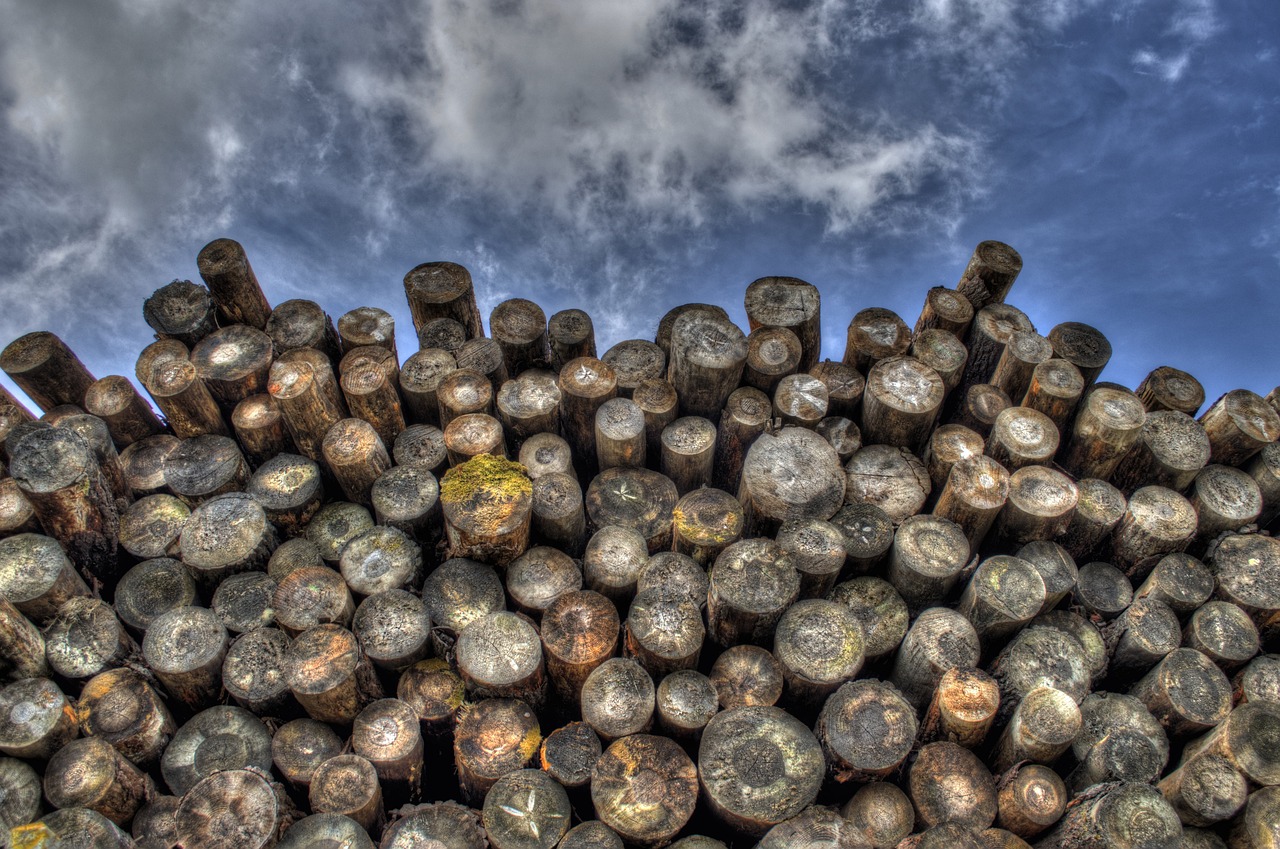
Despite the perception of the Chernobyl Zone as a no-go area, illegal activities persist. In 2024, Ukraine’s Environmental Inspectorate recorded over 75 incidents of unauthorized logging, mostly in the southern forests. The dense woods are rich in valuable timber, and lax oversight due to restricted access has made the area a target for poachers and loggers. Wildlife researchers from the NGO “Save Polesia” documented a rise in illegal snares and traps in 2024, threatening the zone’s fragile animal populations. Law enforcement efforts have increased, but the sheer size and remoteness of the zone make policing a constant challenge.
Chernobyl’s Influence on Pop Culture and Science
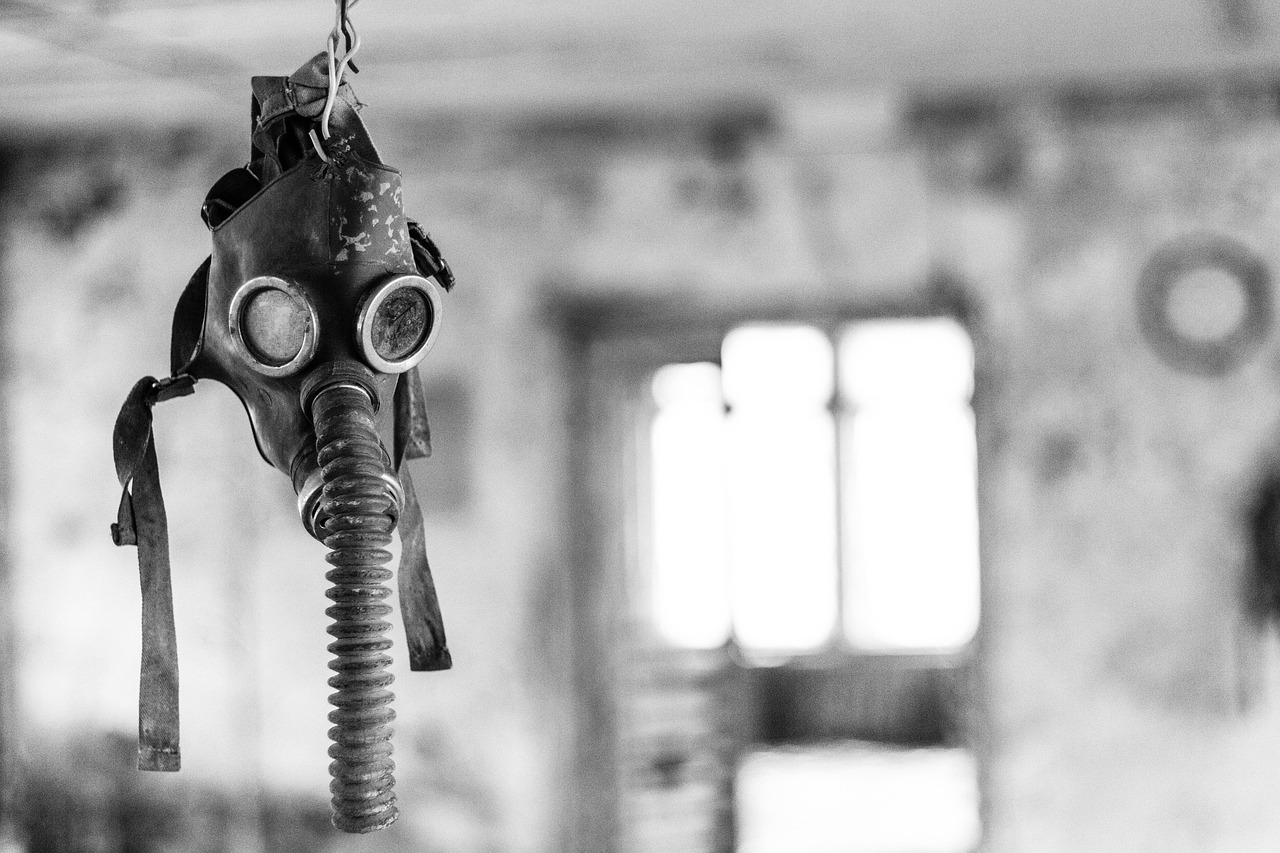
The Chernobyl disaster continues to inspire TV shows, video games, and documentaries, often blending fact with fiction. The 2019 HBO miniseries “Chernobyl” reignited interest, and new documentaries released in 2024 by both Netflix and ARTE have drawn millions of viewers. Scientists are using the zone as a living laboratory: in 2024, researchers from the University of Exeter published a study on radiation-resistant fungi that could help develop new cancer treatments. Chernobyl’s legacy is thus not just a cautionary tale, but a source of innovation and inspiration in both popular culture and cutting-edge science.




